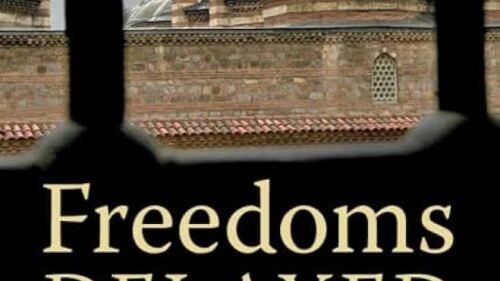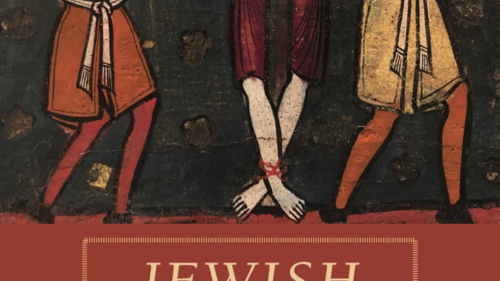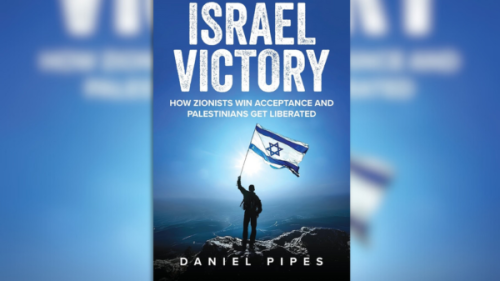For the entire twenty-four years since the Islamic Revolution, Americans have been searching for moderates within the Iranian elite. The effort has been frustrating and puzzling. On the one hand, Iran clearly has strongly differing political factions; indeed, Iranian politics often seems to be more combative than that of the Western democracies. On the other hand, the United States has had a decidedly mixed record at finding moderates with whom it can successfully work. There have been spectacular failures, such as the Iran-contra affair, and ambiguous semi-successes, such as the two countries’ consultation and competition in post-Taliban Afghanistan. It is tempting to think that Washington’s indifferent record is due to imperfect understanding of Iran’s factional politics and that more profound study of Iranian factions would improve the U.S. policy record.
Moslem’s account will help little in this regard. He has produced a serviceable account of Iranian factions in the first decade after Ayatollah Ruhollah Khomeini’s 1988 death. The facts about the factional disputes are all there, including a guide through the shifting pattern of factions, which have split and reformed regularly. And Moslem lays out the complicated story in a clear manner, relying on original sources and giving a straightforward, unbiased account.
But his book lacks color or insight. Moslem writes almost entirely about the “high politics” of what the various leaders said and did, with little to nothing about the impact of these differences into society writ large. He barely refers to what resonance the factions and their disputes have on the popular media, on religious life, or on students and intellectuals. He makes little effort to connect the changing political scene to changes in Iranian society in the last two decades, or to explain how botched policies of one or the other faction have weakened the support they enjoy. And Moslem stops the story in 1998, whereas the most exciting development has been the emergence of an explicitly secular, determinedly democratic trend (without any qualification about Islamic democracy). This trend, while intensely nationalistic, has no patience for the reflexive anti-Westernism of the factions Moslem analyzes.
The main conclusion the reader is likely to take away is that politics in the Islamic Republic of Iran is complicated and poisonous—not a bad summary, and one which suggests that no matter how well Washington understands Iranian politics, it would encounter difficulties using factional differences to its advantage.
Patrick Clawson



